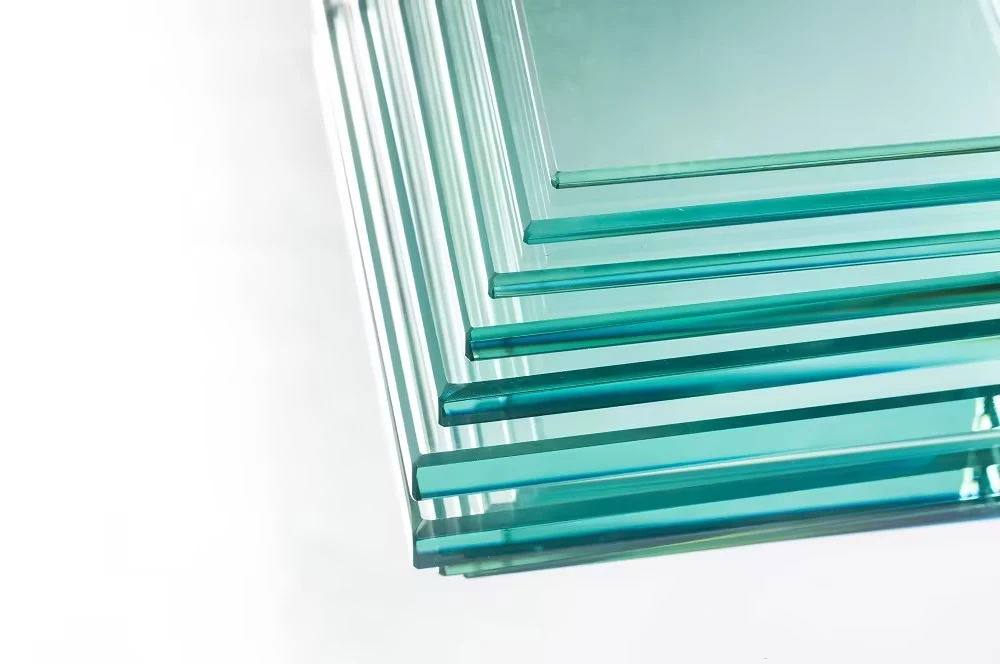

Understanding Passive Low-E Glass An Energy-Efficient Future
As the global emphasis on sustainable building practices continues to rise, innovations in materials and technology play a pivotal role in shaping eco-friendly solutions. One of the remarkable advancements in this domain is the development of passive low-emissivity (Low-E) glass, an energy-efficient option that is transforming how we approach building design and energy consumption.
What is Passive Low-E Glass?
Passive Low-E glass is a type of energy-efficient glazing that is designed to minimize the amount of infrared and ultraviolet light that can pass through it, without significantly reducing the amount of light that comes in. This is achieved through a microscopically thin coating of metallic oxides applied to the glass surface, which reflects heat while allowing visible light to enter. The term passive refers to the way this glass is designed to work in conjunction with passive solar building strategies, maximizing natural energy utilization while reducing reliance on mechanical heating and cooling systems.
The Mechanism of Passive Low-E Glass
The performance of passive Low-E glass hinges on several key properties
1. Heat Reflection The Low-E coating reflects radiant heat back into the building during colder months, thereby retaining warmth without relying on conventional heating systems. 2. Solar Gain Control It allows for controlled solar gain by letting in natural sunlight while blocking excess heat from the sun during warmer months. This balance helps maintain comfortable indoor temperatures year-round.
3. Light Transmission One of the essential features of passive Low-E glass is its high visible light transmittance. While it effectively blocks UV and infrared rays, it ensures that ample natural light brightens interior spaces.
Benefits of Passive Low-E Glass
The use of passive Low-E glass offers an array of benefits

1. Energy Efficiency By reducing the need for artificial heating and cooling, passive Low-E glass can significantly lower energy bills. Buildings can achieve up to 30% to 50% energy savings, making it a cost-effective investment over time.
2. Comfort This glass type enhances occupant comfort by minimizing cold drafts and keeping interior temperatures stable. It thus contributes to a better living and working environment.
3. UV Protection Passive Low-E glass blocks up to 99% of harmful UV rays, protecting furniture, flooring, and artworks from fading and degradation caused by sun exposure.
4. Environmental Impact By lowering energy consumption and promoting the use of renewable energy, passive Low-E glass plays an integral role in reducing a building's carbon footprint, aligning with global sustainability goals.
5. Aesthetic Appeal Modern passive Low-E glass is available in various styles and finishes, allowing architects and builders to maintain aesthetic appeal without compromising energy efficiency.
Applications of Passive Low-E Glass
Passive Low-E glass is versatile and can be utilized in various building types, from residential homes to commercial structures and institutional buildings. Architects employ this glazing in windows, curtain walls, and skylights to optimize natural light while adhering to energy standards and regulations.
Conclusion
In an era where energy efficiency is paramount, passive low-emissivity glass stands out as a revolutionary building material. Its ability to provide comfort, energy savings, and environmental benefits makes it an essential component of sustainable building practices. As awareness and demand for energy-efficient solutions continue to grow, passive Low-E glass paves the way for a future where buildings not only house individuals but also contribute positively to the planet. The transition to such sustainable materials will ultimately lead to longer-lasting benefits, making the endeavor worthwhile for both builders and occupants alike. Embracing passive Low-E glass is not just a choice for today; it’s a commitment to a greener, more energy-conscious future.